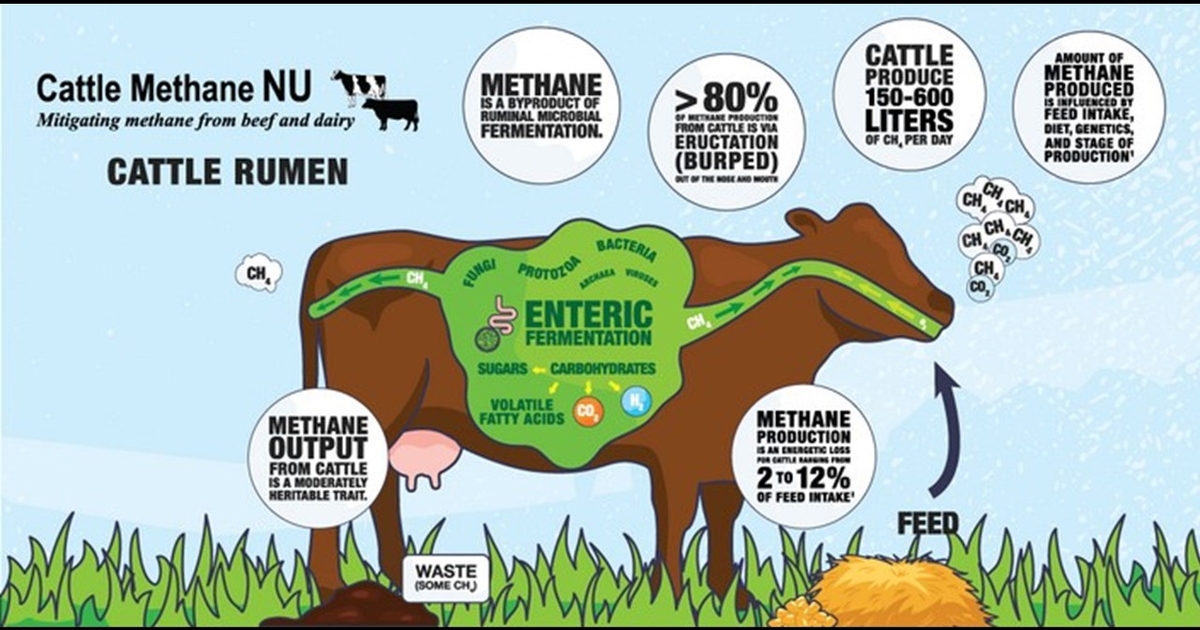Screwworms impacting cattle trade
Posted on November 28, 2024 by Clint Peck
Source: Farm Progress. The original article is posted here.

On November 22, 2024, Mexico’s Chief Veterinary Officer confirmed the detection of New World Screwworm (NWS) in Chiapas, a southern Mexican state. This finding signals an alarming northward movement of this highly destructive pest ( Cochliomyia hominivorax) .
The North American Invasive Species Management Association (NAISMA) called the detection NWS a serious threat to the United States as well as Mexico. In the last two years the screwworm has spread from Colombia throughout Panama and into Costa Rica, Nicaragua, Honduras, Guatemala—and now Mexico.
USDA responded by immediately closing the U.S./Mexico border to all movement of northbound live cattle.
“The discovery of NWS in Mexico poses a severe threat to the U.S. livestock industry, wildlife, and public health,” said NAISMA. “Left unchecked, NWS infestations could spread further north, jeopardizing ecosystems and causing devastating economic impacts.”
NWS larvae infest the tissue of warm-blooded animals, including livestock, wildlife, and even humans. Larvae enter through open wounds and feed on the host’s flesh, causing infections that can be fatal if untreated.
Infestations of NWS are notoriously difficult to detect, and larvae appear only after significant damage to an animal has occurred.
Related: Terminal crossbreeding: A missed opportunity
Impacts of the border closure
NWS larvae were detected in a single cow at an inspection checkpoint near the Guatemalan border.
“This could get ugly real fast and could hurt a lot of people on both sides of the border,” said Daniel Manzanares, director of the Santa Teresa (New Mexico) International Export/Import Livestock Crossing. “Even if the border opens soon the measures will be costly and it will impact cattle operations in the U.S. and Mexico for some time to come.”
The upset is already evident as the Santa Teresa pens stand empty where normally on any given day thousands of Mexican cattle would be staged before crossing north.
Santa Teresa is home to the largest livestock entry point in the U.S. Nearly a half-million feeder steers and heifers crossed the border there last year. A total of about 1.2 million head cross into the U.S. from Mexico annually through 16 ports of entry.
“There are hundreds of U.S. stocker operations, feedlots, and ranchers with grass and wheat pasture who depend on those Mexican cattle,” explained Manzanares. “And hundreds of Mexican ranchers rely on the U.S. market for their livelihoods.”
Charting a response plan
The U.S. eradicated screwworms in 1966. However, since then isolated screwworm infestation have been detected in the U.S.—notably in cattle in Starr County, TX in 1982, and deer in the Florida Keys in 2016.
Related: University of Nebraska launches data science, climate resilience programs
The USDA has long partnered with Central American countries to keep livestock and wildlife pests like NWS from moving north from South America. However, increased livestock and human movement through the once trusted biological barrier of the Darién Gap has enabled the NWS to bypass traditional containment zones.
Ron Gill, Extension livestock specialist for Texas A&M AgriLife, is a member of the Texas and Southwestern Cattle Raisers Association animal health committee. Gill said the real impacts of the latest NWS case is yet to be seen.
“Mexican feeder cattle represent a big chunk of the cattle industry in Texas and beyond,” Gill stated. “This is not good. Those screwworm flies could move north real fast.”
Gill added that it’s up to USDA to chart a long-term response plan. “It’s a wait-and-see situation. It also depends on how quickly Mexico moves.”
For now, New Mexico’s Manzanares says USDA is implementing a protocol for reopening the border. Those measures include:
The Mexican government will establish “pre-export” pens to hold and verify ownership and origin of the Mexican cattle.
The pre-export cattle will be inspected and held for seven (7) days after receiving an Ivermectin injection.
After the quarantine period, the cattle will be allowed to move to approved ports in Sonora and Chihuahua.
At the port location the Mexican cattle will be dipped according to normal protocol then inspected by USDA-APHIS veterinarians before being transported off premise.
Related: Oklahoma State veterinary college launching Asian longhorned tick project
Alberto "Teto" Medina Wallace, resident auctioneer at the Santa Teresa Livestock Auction hopes that the screwworm mess in Mexico is just a bump in the road. “There’s a chance the border could be reopened in a couple or three weeks.”
Medina Wallace added that it’s fortunate the NWS larvae appeared this time of year. “Obviously temperatures are cooler as you go north, which inhibits the flies’ reproduction,” he explained. “If there are more infected cattle out there this could work in our favor—at least in the short run.”
Both Medina Wallace and Manzanares understand USDA’s response in closing the border. They agreed that while the border closing isn’t what they want to see, they were warned it could happen if screwworms were found in Mexico.
“There’s a lot to lose by keeping the border closed,” Medina Wallace said. “But there’s even more to lose if those flies get this far north. We need to keep a close eye on the situation and react accordingly.”

.jpg?disable=upscale&width=1200&height=630&fit=crop)


